What to know the dirty truth?
Littering is not merely an eyesore; it presents serious threats to the environment and community health in Alamo, CA.
The effects extend beyond the visible mess, impacting everything from the vibrant local wildlife to the well-being of residents.
This article will delve into the causes of littering, examine its harmful consequences, and shine a light on the community’s efforts to address this pressing issue.
By working together, we can identify practical solutions and motivate action to preserve the natural beauty of Alamo for future generations.
The Impact of Littering on Alamo, CA

Littering in Alamo, CA has emerged as a pressing pollution issue that not only detracts from the community’s visual appeal but also presents serious environmental challenges, particularly for local wildlife and the stormwater system.
Items like cigarette butts and plastic waste are particularly concerning, as they can release harmful chemicals into the watershed, affecting the nearby Rouge River National Park and its aquatic ecosystems.
Additionally, insufficient trash receptacles and a general lack of community awareness contribute to unsightly outdoor spaces, which in turn undermines the sense of community and shared responsibility among residents.
As we examine this matter more closely, we will explore the various aspects of littering and its implications for Alamo.
Overview of the Dirty Truth Problem
The litter problem in Alamo, CA, primarily consists of cigarette butts and various other forms of waste that clutter outdoor spaces and negatively impact the environment.
This issue presents a significant challenge for both community members and local officials, as the high volume of discarded items leads to unsightly landscapes and potential health risks.
Notably, cigarette butts, which are often overlooked, make up a considerable portion of the litter.
They are harmful not only to the visual environment but also to wildlife and local water sources.
Adding to this dilemma is the insufficient number of trash receptacles available in public areas.
Without adequate disposal options, littering becomes an unfortunately convenient choice, further worsening existing pollution issues.
As a result, the overall cleanliness and visual appeal of the community are compromised, prompting many residents to advocate for greater awareness and action to tackle these urgent concerns.
Environmental and Health Consequences
The consequences of environmental pollution caused by littering in Alamo, CA, go beyond just visual degradation; they have a significant impact on local aquatic wildlife and pose health risks to residents.
The buildup of litter, particularly plastic waste and cigarette butts, introduces harmful chemicals into the ecosystem.
This can endanger fish and other wildlife in the nearby Rouge River National Park, while also affecting the health of community members who enjoy these areas.
Recognizing these consequences highlights the importance of community cleanup initiatives and raising awareness about responsible littering behaviors.
The Dirty Truth Effects on Local Wildlife

Littering significantly impacts local wildlife, especially aquatic species that reside in the waterways near Alamo, CA.
Items such as cigarette butts and other forms of litter can have a particularly detrimental effect.
These discarded items introduce toxic chemicals, including nicotine and heavy metals, into the water, which can degrade the essential habitats for various species.
For instance, fish like salmon and trout are particularly sensitive to contaminants, while birds such as ducks and herons may accidentally consume these harmful materials, mistaking them for food.
As these pollutants accumulate, they contribute to habitat destruction, diminishing the availability of clean and safe areas for breeding and feeding.
The ingestion of plastics and toxic waste can disrupt reproductive systems, ultimately leading to population declines among these vulnerable species.
The Dirty Truth on Health Risks for Residents
Residents of Alamo, CA, face a variety of health risks due to environmental pollution caused by littering.
This issue not only diminishes their outdoor experiences but also raises significant concerns about long-term exposure to harmful substances.
The accumulation of trash can introduce toxins into the soil and local waterways, contaminating the ecosystem and potentially leading to serious health implications for those living in proximity.
Chemicals from items such as batteries, plastics, and discarded chemicals can leach into the ground, which impacts air quality and poses risks, particularly to sensitive populations such as children and the elderly.
To address this problem, community members are encouraged to actively participate in cleanup initiatives.
Engaging in these efforts not only helps restore the environment but also reduces exposure to hazardous materials.
During these activities, it is essential to use personal protective equipment, including gloves and masks, to protect against direct contact with debris and inhalation of contaminants.
This highlights the importance of collective responsibility in fostering a healthier environment for all.
Causes of Littering in Alamo, CA
To understand the causes of littering in Alamo, CA, it is important to examine both behavioral and societal factors that contribute to this ongoing issue.
A lack of environmental education and insufficient enforcement of anti-litter laws are significant contributors.
Many individuals may not fully grasp the impact their littering has on the community and local wildlife, which can lead to a diminished sense of shared responsibility.
Furthermore, societal norms and attitudes toward waste management significantly influence how residents perceive littering and its consequences.
Behavioral and Societal Factors

Littering behavior is often shaped by various societal factors, including community engagement, public attitudes toward waste, and the level of environmental education available to residents.
When communities actively unite to tackle the issue of littering, they create a sense of shared responsibility that can significantly alter perceptions about waste disposal.
Positive community involvement, such as organizing neighborhood clean-up days or implementing educational outreach programs, is essential in reinforcing the idea that keeping the environment clean is a collective duty.
When residents become aware of the environmental consequences of littering, they are more inclined to adopt responsible waste management practices.
Educational initiatives, especially those aimed at youth, can help cultivate a culture of respect for public spaces, emphasizing that every individual’s actions contribute to the larger objectives of sustainability and environmental stewardship.
Efforts to Combat the Dirty Truth on Littering
In recent years, there has been a noticeable increase in efforts to combat littering in Alamo, CA.
This heightened focus centers around local initiatives and community cleanup programs that aim to promote environmental stewardship and enhance public waste disposal practices.
Local Clean-up Initiatives
Local clean-up initiatives in Alamo, CA, serve an essential purpose in tackling the litter problem by actively engaging residents and promoting environmental education.
These initiatives have seen considerable community participation, with residents of all ages coming together to enhance local parks, trails, and public spaces.
Volunteers gather on specific clean-up days, equipped with trash bags and gloves, showcasing a shared commitment to preserving the natural beauty of their environment.
These events often feature workshops that educate participants about the significance of proper waste disposal and the effects of litter on local wildlife and ecosystems.
Additionally, local organizations advocate for the installation of more adequate trash receptacles in high-traffic areas to bolster these efforts, ensuring that residents have convenient and accessible options for responsible waste disposal.
Legislation and Enforcement

The implementation and enforcement of anti-litter laws in Alamo, CA, are vital to addressing the issue of litter and fostering a culture of community responsibility.
These laws not only deter littering but also provide a framework for promoting civic pride.
By establishing clear penalties for those who fail to adhere to waste disposal regulations, the community effectively communicates the importance of maintaining a clean environment.
Public waste disposal systems play a crucial role in this initiative by offering residents accessible options for managing their waste responsibly.
Community involvement is essential; when citizens take the initiative to utilize these systems properly and advocate for cleanliness, the overall atmosphere of the neighborhood improves, leading to a better quality of life for everyone.
In summary, the combination of legislation and individual accountability is foundational to Alamo’s commitment to sustainability and environmental stewardship.
How the Community Can Help
The community in Alamo, CA plays a crucial role in reducing littering by actively participating in cleanup efforts and promoting a culture of environmental education and shared responsibility.
Engaging in these initiatives not only helps keep the area clean but also encourages residents to take ownership of their surroundings and understand the importance of protecting the environment.
Ways to Reduce Littering and The Dirty Truth
Reducing littering in Alamo, CA, requires a thoughtful combination of community engagement, environmental education, and personal responsibility.
To effectively address this issue, residents can take the initiative or participate in local cleanup events, which helps foster a sense of collective ownership over their environment.
Educating younger generations through school programs about the impacts of littering can cultivate a long-term appreciation for cleanliness and sustainability.
Additionally, placing informative signage in public areas to remind individuals of the consequences of littering can effectively shift perceptions.
Encouraging conversations among neighbors about proper waste disposal and recycling can strengthen personal accountability within the community, ultimately leading to a cleaner and more appealing Alamo.
Transforming attitudes, however, requires consistent effort and collaboration among all residents.
Supporting Clean-up Efforts
Supporting local cleanup efforts in Alamo, CA, is vital for promoting environmental stewardship and cultivating a cleaner community.
Residents have the opportunity to engage actively by volunteering for organized initiatives, such as community clean-up days.
These events allow individuals to come together with their neighbors to remove litter and debris from parks, beaches, and streets.
Additionally, raising awareness about the significance of maintaining a clean community through social media campaigns or local gatherings can motivate others to participate in these important efforts.
It’s essential for volunteers to prioritize safety by wearing appropriate personal protective equipment, such as gloves and masks.
This not only protects them from potential hazards but also reflects a commitment to responsible environmental practices.
